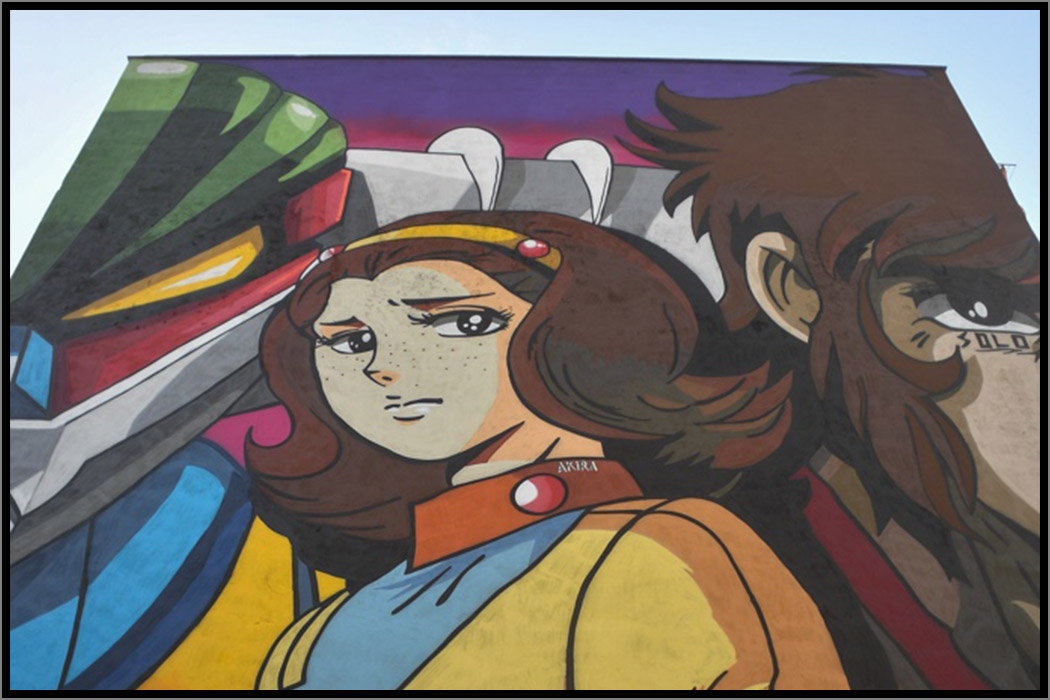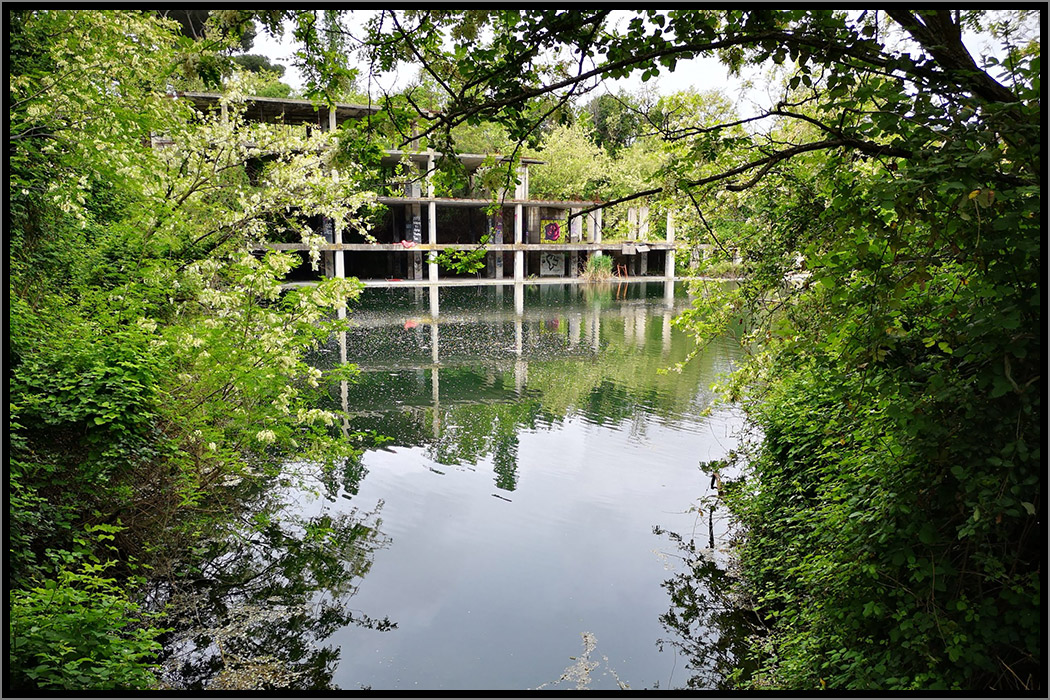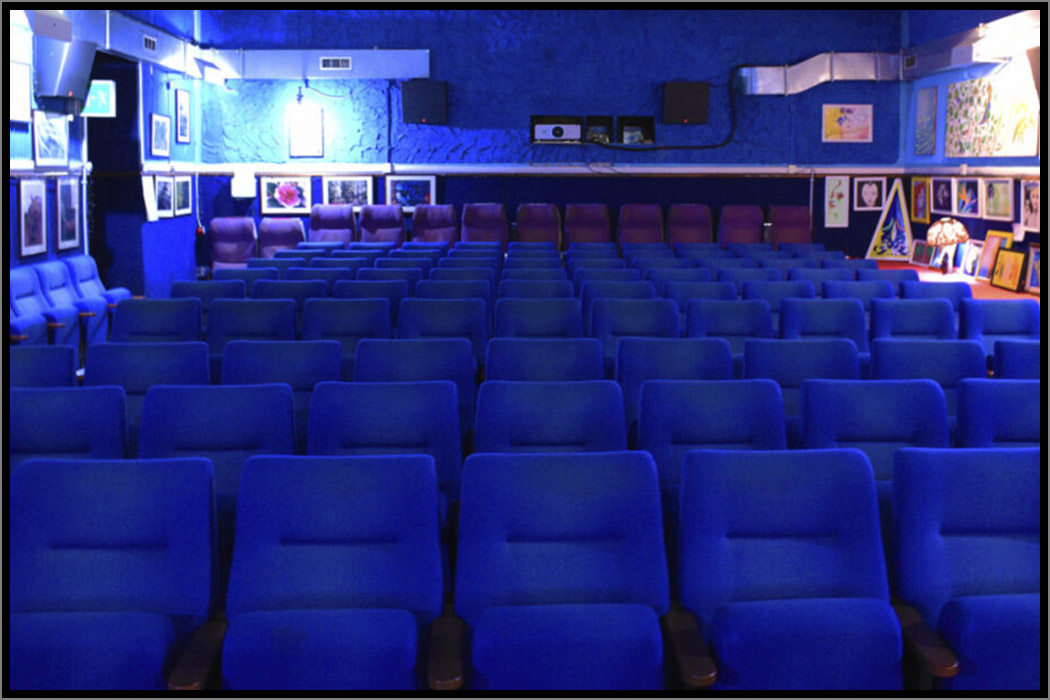The other Rome
The Italian capital is one of the world’s most beautiful and best-loved cities, with something for everyone: art, architecture, nature, cinema and so much more. We wanted to create an alternative itinerary, which is what the C Line provides. This is because there is a less well-known, less visited part of the city: “another Rome”.

Torre Gaia: another art
The capital is full of colorful murals, and we recommend three that can be easily reached from the Torre Gaia stop in Largo Ferruccio Mengaroni. They are by the artists Mosa One, Solo and Diamond.
Mosa One gives us a message of hope, with a child from a grey world intent on climbing over a wall into a colorful world. Solo references Jeeg Robot, a Japanese manga that has influenced entire generations. “My work,” says the author, “is a homage to Gabriele Mainetti's film Lo chiamavano Jeeg Robot because some scenes were filmed in the neighborhood.” Diamond's mural is a powerfully intense work against violence, showing a woman under threat.

Alessandrino: another architecture
A short stroll from the Alessandrino stop takes you to the Jubilee Church, built for the 2000 Jubilee. Starchitect Richard Meier designed what is considered a masterpiece of contemporary architecture. Completely white, the church consists of three sails, while the nave resembles a large boat.

Malatesta: another nature
Meanwhile, near the Malatesta stop, you can visit the Ex-Snia Lake, a place created “by mistake” (fortuitously). A factory once stood where this artificial lake now lies. After it closed, it was demolished to make way for a multi-storey car park.
During the construction work, an aquifer was found that quickly flooded much of the site. Today, a park has sprung up around the lake, offering a fascinating sort of visual short-circuit between the body of water and various concrete skeletons, as well as many species of resident birds.

Azzurro Scipioni: another cinema
The C Line will also provide an interchange with the A Line Ottaviano station, located very close to the crossroads that takes you to the Azzurro Scipioni, Rome’s most important arthouse cinema. The movie theater has only two screens, which show cinematic masterpieces. Its founder, director and poet Silvano Agosti, explained: “I had a dream in which the great Charlie Chaplin was scolding me because the cinema near my home had closed. This is how the Azzurro Scipioni came about.”




